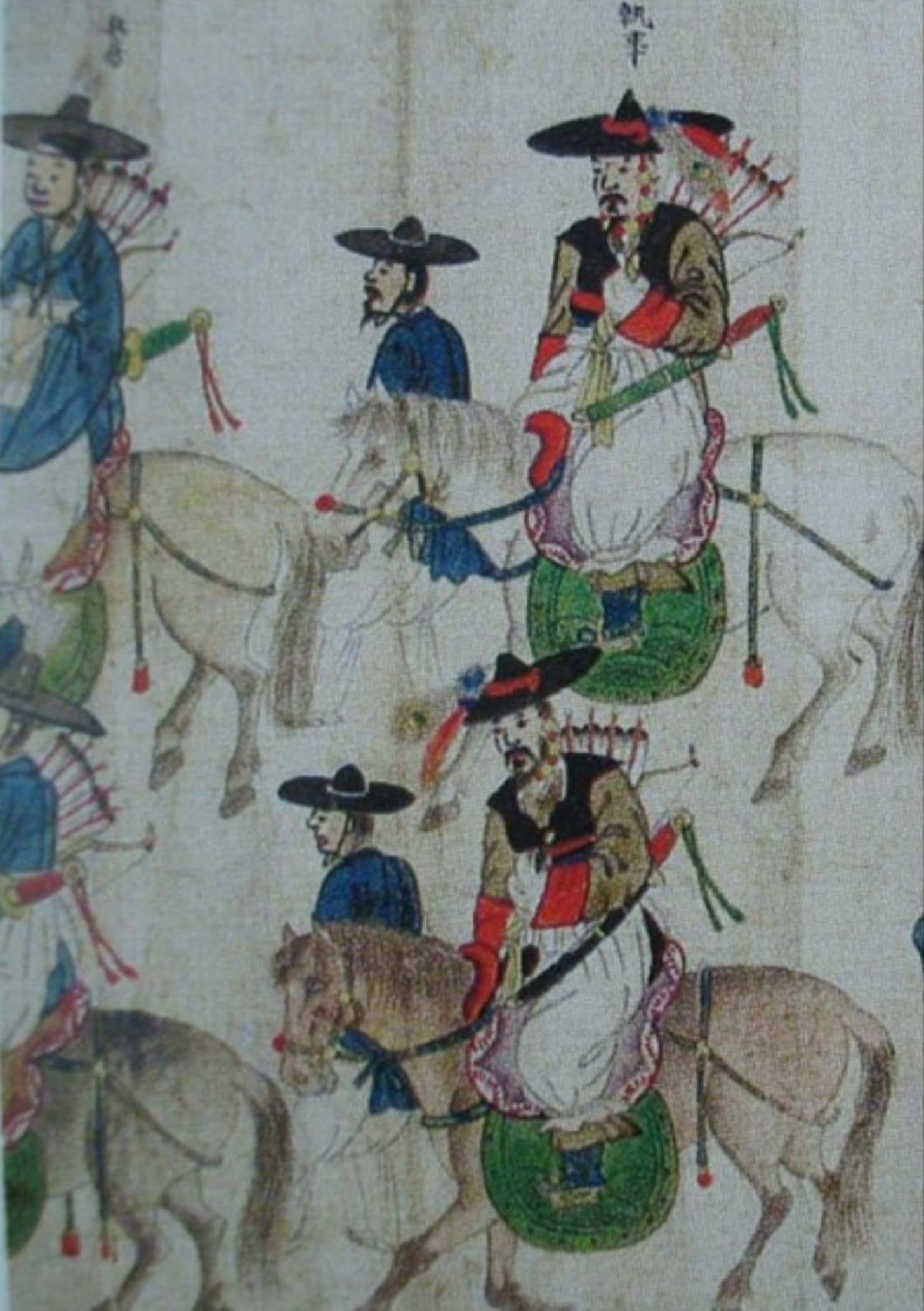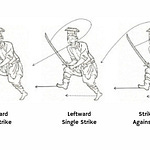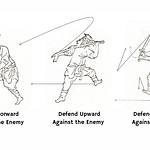This course explores Ssangsudo, the world's oldest documented martial art form. Through breaking down the Ssangsudo instructions in the Muye dobo tongji, we discover the profound depths of martial arts study. Beginning with the first posture, which appears deceptively simple. To fully appreciate this instruction, we must understand the military heritage of Joseon and its distinctive approach to swordsmanship. The contrast between Japanese dueling traditions and Joseon's battlefield practices offers particularly revealing insights into these differences.
Japanese Sword Culture: The Way of the Duel
Emphasis on Individual Combat
Focus on one-on-one confrontations
"One strike, one kill" philosophy
Highly ritualized drawing and resheathing techniques
Sword carried daily by civilians as society was unsafe
Iaijutsu Development
Art of drawing and cutting in a single motion
Extensive focus on sword drawing techniques
Ritualized practices for return to scabbard
Each movement precisely choreographed and meaningful
Joseon Military Tradition: The Way of the Battlefield
Integrated Combat System
Swords as part of broader military strategy
Hierarchical approach to combat:
Cavalry and archery for long-range engagement
Pole-arms including spears for medium-range combat
Swords for close-quarter finishing moves
Practical Battlefield Focus
No emphasis on drawing and sheathing techniques
Various sword-carrying methods: Armpit Hook, Shoulder Sling, Waist Carry, and Back Mount
Ssangsudo Context
First posture begins with sword draw
Starting position intentionally undefined
Emphasis on transitional movement
Focus on combat effectiveness over ritual
Drawing technique adapted for battlefield reality

Conclusion
The contrasting approaches to swordsmanship in Japanese and Joseon traditions reflect fundamentally different societal structures and needs.
Japanese swordsmanship emerged and evolved during turbulent times, when rival clans and social instability made weapons a necessity in daily life. This reality gave rise to a sophisticated dueling culture, where the sword became both a practical tool and a symbol of status, leading to highly ritualized practices.
In contrast, Joseon was a centralized society governed by bureaucrats, with weapons strictly restricted to military use. This clear separation between civilian and military spheres meant that swordsmanship developed primarily for battlefield purposes. When riding horses or shooting arrows, swords were carried backward for practicality. The result was an integrated combat system in which the sword served as just one component of a broader martial strategy, free from the ceremonial elements that characterized Japanese sword arts.
These distinct historical contexts continue to shape how these martial traditions are practiced and understood today.
As always, we appreciate your questions and feedback. Use the comment option below or start a thread in our dedicated group chat in the Substack app.
In our next video, we'll reveal how this posture develops into subsequent movements. New to Ssangsudo? The comprehensive book is available for order here.















Share this post